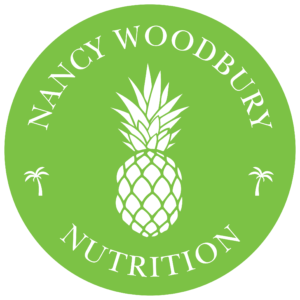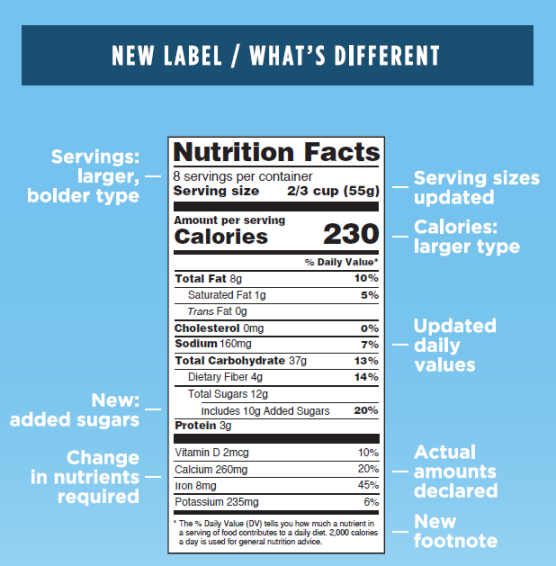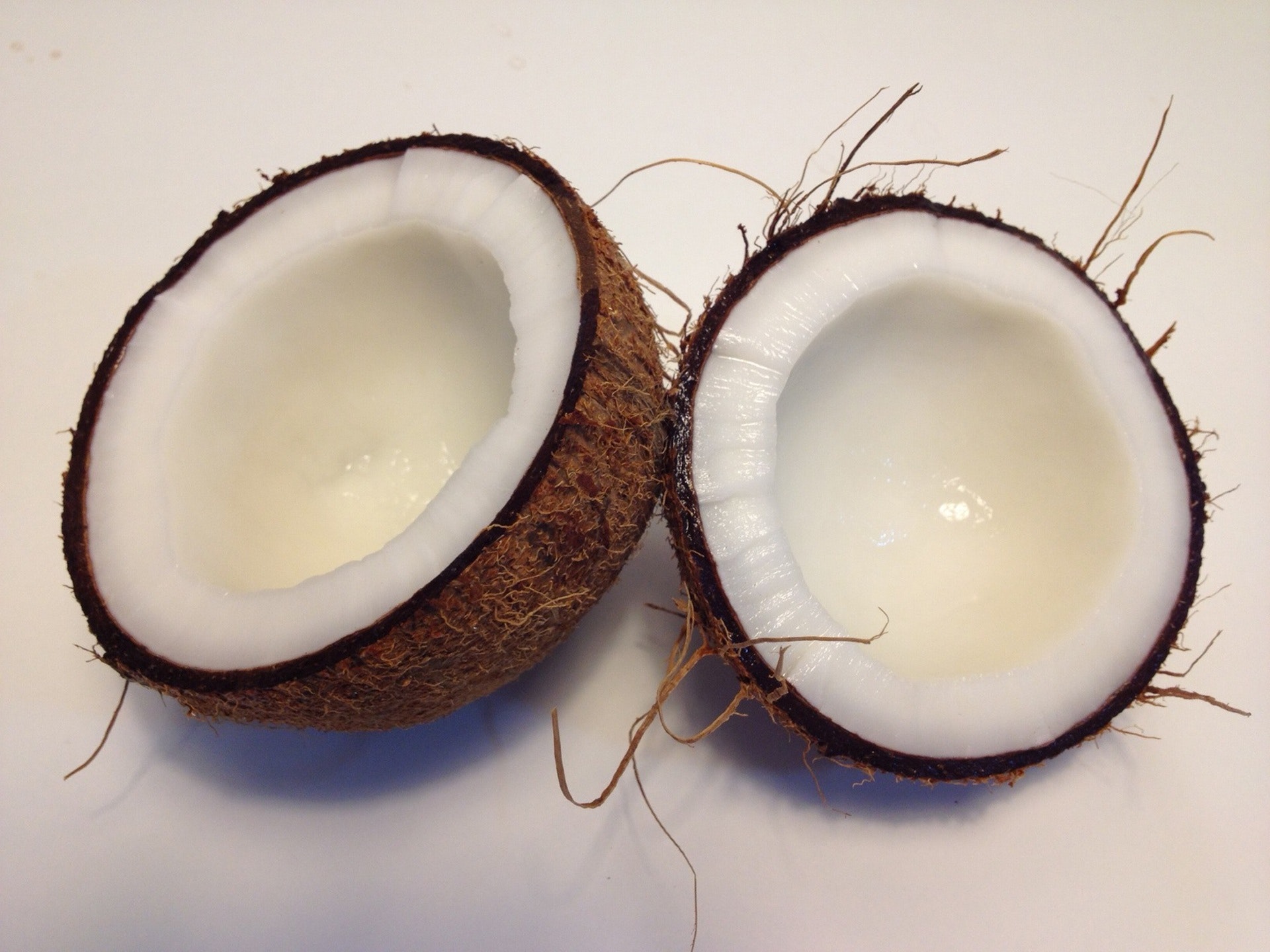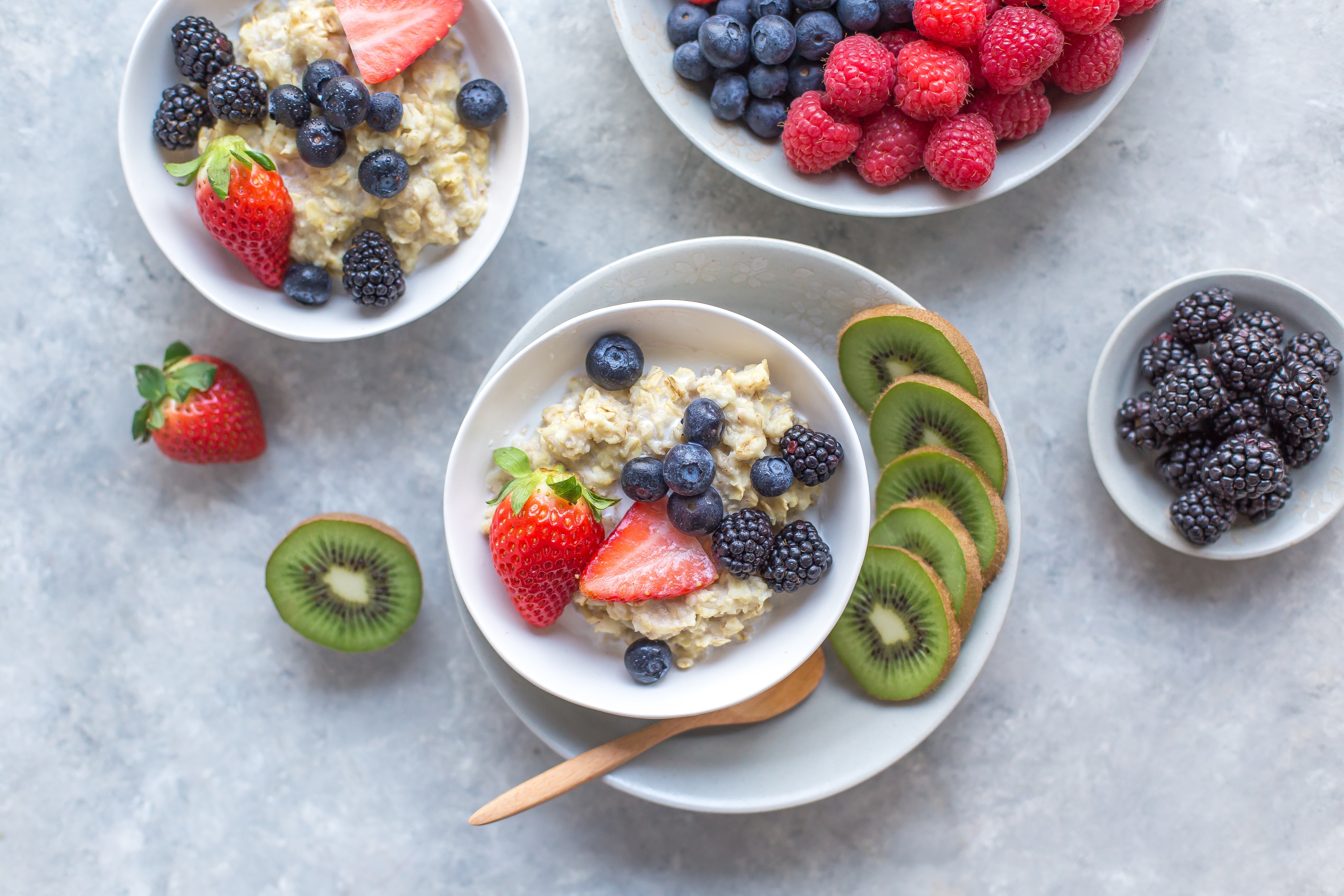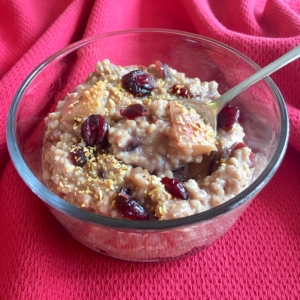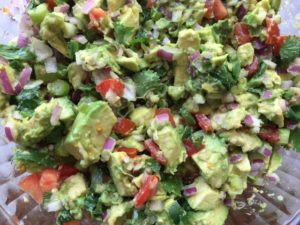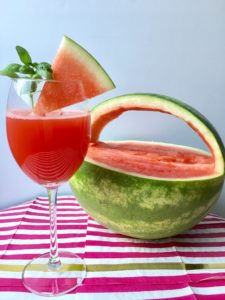
July is National Watermelon Month
July is National Watermelon Month! A light and refreshing summertime treat, watermelon makes an appearance at every holiday celebration from Memorial Day until Labor Day. Did you know that watermelon has a water content of 92 percent and can help you stay hydrated in the heat? Watermelon juice is also loaded with potassium, which makes it an excellent sports recovery drink.
Watermelon is a good source of Vitamin B6, which aids in the production of antibodies and in the formation of red blood cells. This nutritious fruit is especially rich in the antioxidant vitamins A and C, which boost the immune system by fighting free radicals that damage cells and cause disease. Another source of antioxidants in watermelon is the phytochemical lycopene, a carotenoid that gives watermelon its deep, red pigment. Research suggests that lycopene may improve heart health by lowering triglyceride and LDL cholesterol levels, and may also reduce the risk of prostate cancer. Pair it with a source of healthy fats such as avocado to increase its absorption.
Watermelon is also an excellent source of the amino acid citrulline, which is converted in the body to arginine and then nitric oxide, which dilates blood vessels to improve blood flow and reduce blood pressure. Much of the citrulline is found closest to the rind, so be sure to include it.
Drink it: Make fresh watermelon juice by adding two to three cups of cold, fresh watermelon cubes to a blender with several ice cubes and blending until liquefied. The juice will be frothy, so you may want to pour the juice through a fine-mesh strainer to clarify it. Serve the strained juice in a glass with ice cubes to cool off on a hot summer day. For an extra zing, squeeze some lemon into the juice and garnish with fresh mint or basil leaves.
Eat it: Whether you slice your watermelon into wedges, cube it, or scoop it with a melon baller, watermelon is delicious! Find great recipes in every category courtesy of the National Watermelon Promotion Board.

